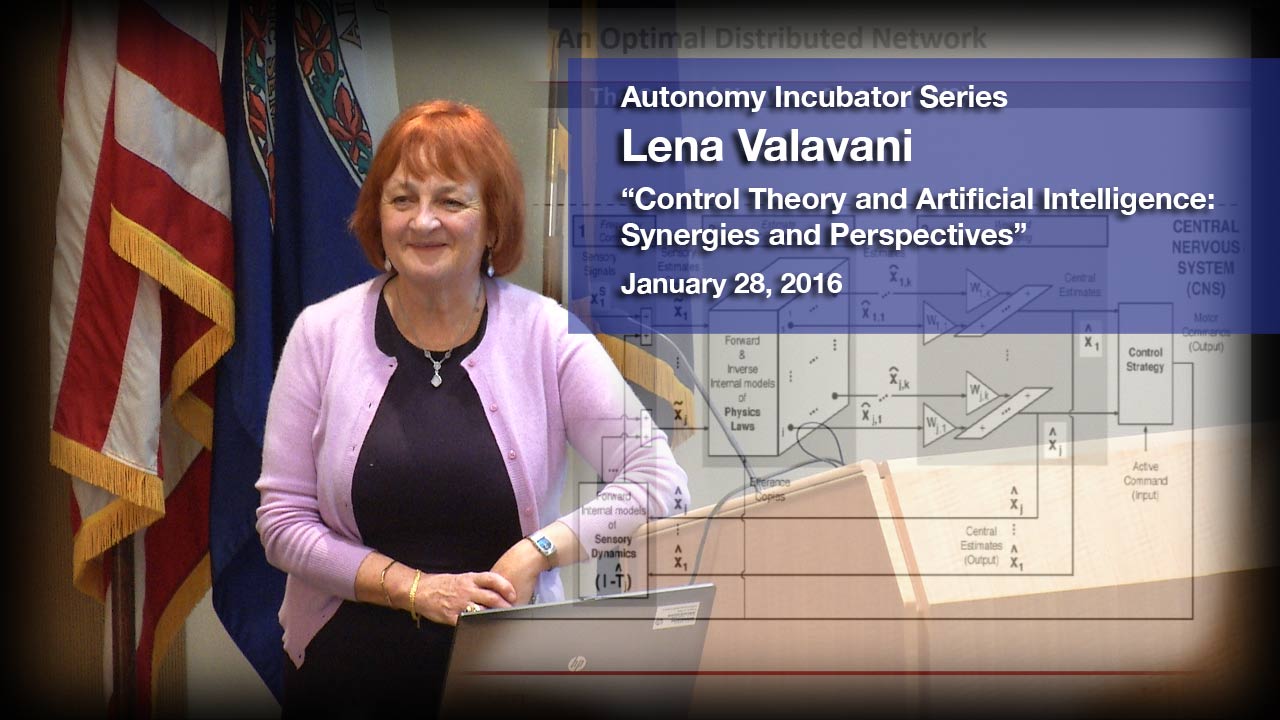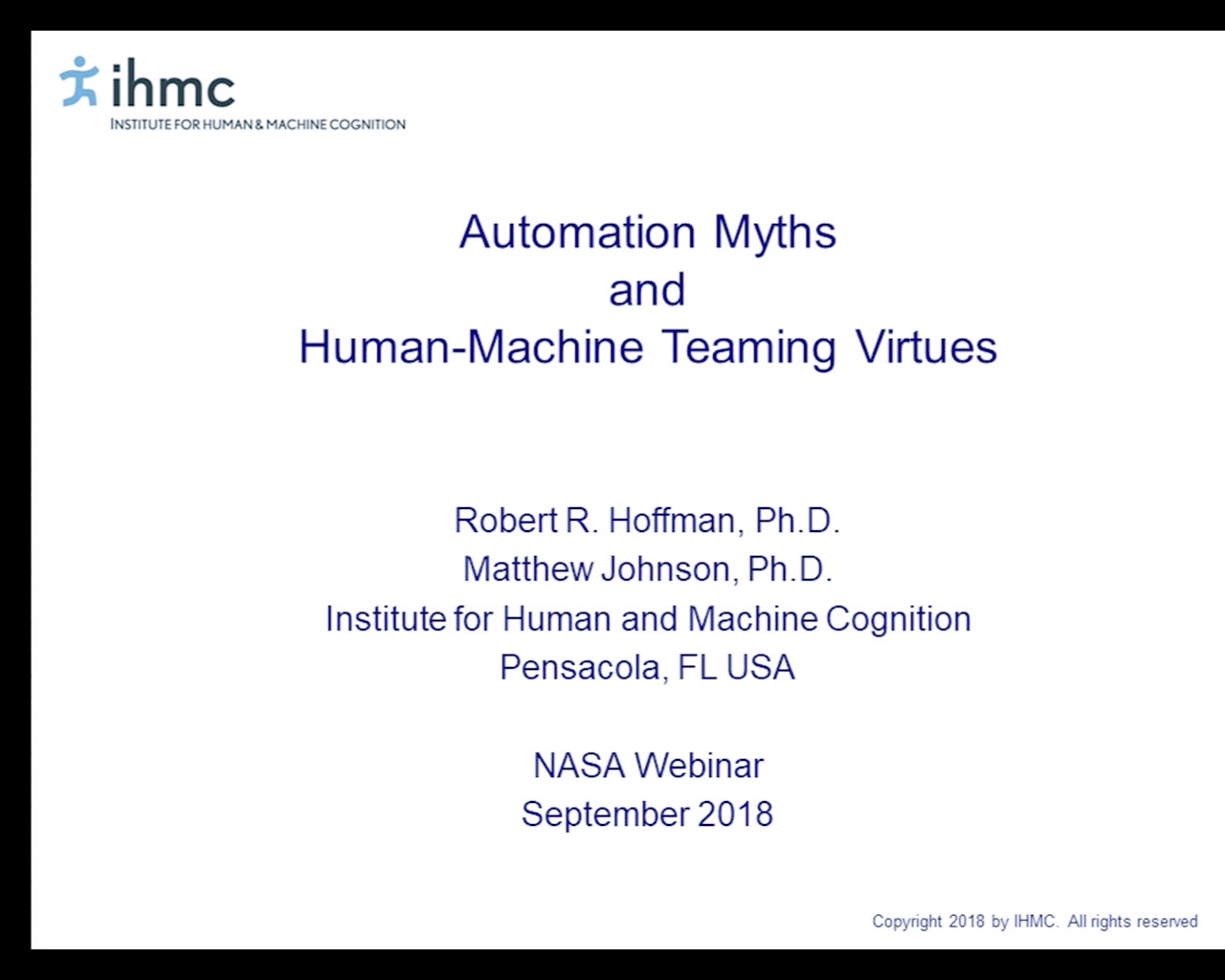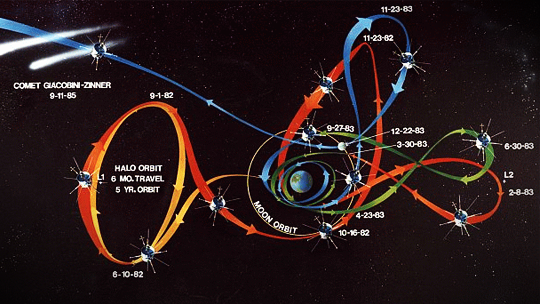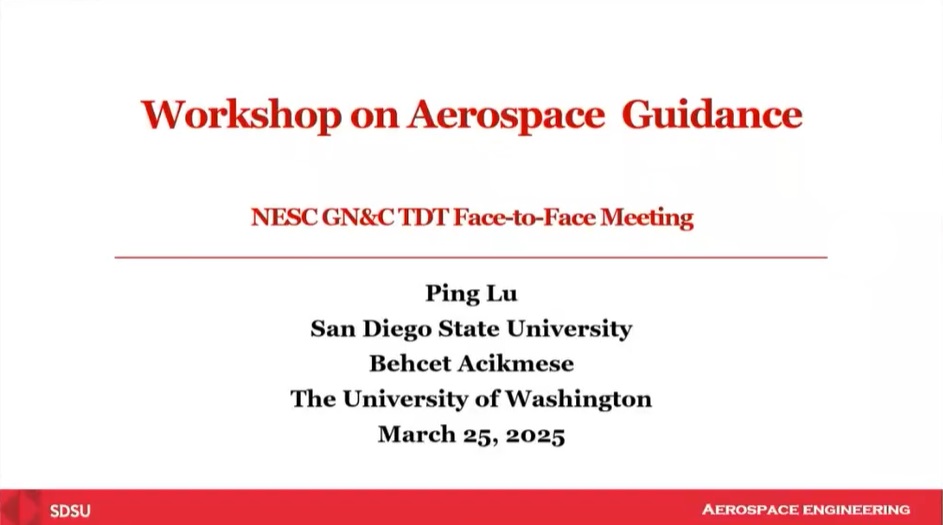Some Theoretical Considerations for Autonomous Vehicle Design
Instructions:
- Please register to be kept in the loop should a schedule change occur.
- Add this to your calendar for a convenient 15-minute reminder.
- Slides and confirmation of attendance will be available to download approximately 30 minutes prior to the event. Refresh this page if not yet visible.
- Please submit questions as they arise rather than waiting until the end.
- Enjoy!
Abstract:
Growing numbers of cities and companies are beginning to deploy state of the art technologies and services such as autonomous cars, robot taxis, delivery- and maintenance-robots, moving information kiosks and others. As a consequence, it is expected that the public space where people, cars, and robotic systems interact will need to undergo transformations to accommodate these new entrants. This accommodation is not only related to the technology per se, but also involves people’s grasp of how these “automated beings” are to act, interact and move (i.e., “behave”) in the public space. One of the most crucial aspects of this deployment involves defining new “rules of the road” that embody ethical considerations. With the entry of robotic “beings” into the public space and focus on ethical behavior and its practical encoding in the vehicle’s software, there is an opportunity to make tomorrow’s public space more equitable and accommodating for all.
This talk presents a framework and methodology for developing ethical decision making in the context of autonomous vehicle behavior (part of a soon to be published ISO standard 39003). One of the advantages of this methodology is that it can take any set of ethical values (e.g., the United Nations’ universal values, the Bioethics code of conduct, etc.). The selected set act as general guidelines for rule development and criteria for formal evaluations. I will discuss the issues involved in defining ethical rules for a variety of use cases such as lane changes in dense traffic, determining priority in vehicle-to-vehicle interactions, negotiations in ambiguous situations, and more. For each, I will describe the methodology and processes leading up to an “ethical” driving rule. I will also briefly touch on the philosophical “trolley problem” example and suggest a way to resolve it in the context of dynamic control systems.




